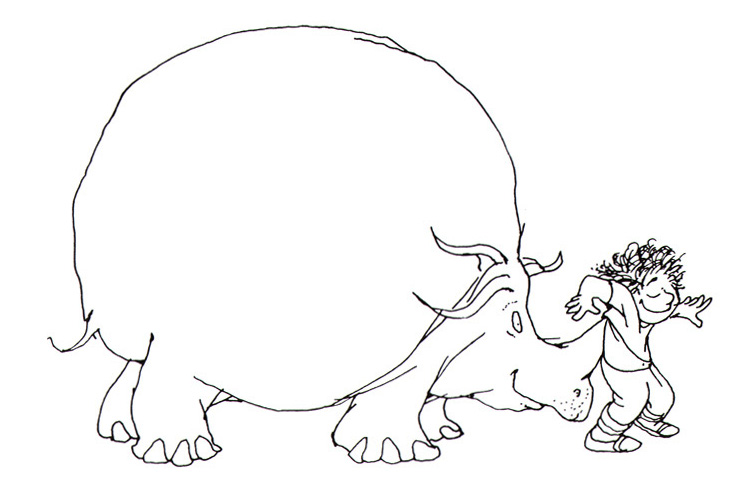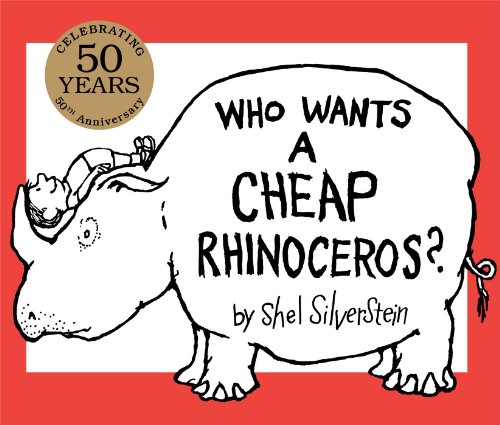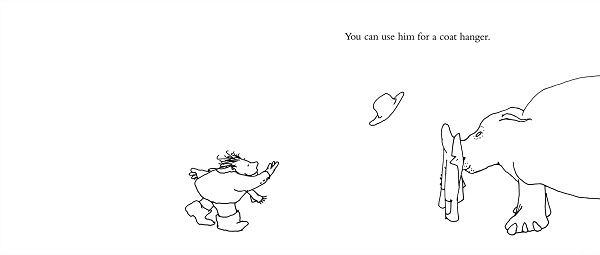
My eldest son Fyodor is five and a half now. He’s learned all his letters and is quite confident reading book titles and street signs, which I think he enjoys and finds pretty exciting. Almost every day we write each other letters about anything and everything and then read them. (I’ll admit it takes me just as long to decipher his messages as it takes him to read mine.) Naturally, these days I’m keeping an eye out for books good for beginning readers. After some thought, I realized picture books are the best gateway to reading.

Children usually start independent reading with texts that are shorter and simpler than those that are read aloud to them. Kindergarteners, who have yet to settle into a reading technique, will naturally feel intimidated by a page packed with letters and won’t be able to follow a complex plot. But when it comes to books, short and simple doesn’t have to mean flat, primitive, or banal. It’s a true art to tell a clear story in a perfectly laconic way, while also conveying a deep meaning and touching your young reader emotionally. Quality picture books with a minimum of actual text are just the ticket.
Independent reading, especially when you’re just starting out, requires a good deal of intellectual effort. When reading picture books, a child that has managed to read a whole page (even if that’s just a couple sentences), can “rest,” taking in the illustration. Even a beginning reader has a wealth of experience in examining pictures and doesn’t need a simplified version. Children ages five to seven can absolutely appreciate Shel Silverstein’s elegant black-and-white drawings, David McKee’s colourful experiments, and the subtle humor that permeates Tomi Ungerer’s monochrome illustrations.
Picture book illustrations shouldn’t simply duplicate the text, since they have their own content which can be narrated. If the young reader tries describing aloud what she sees in the picture, connecting visual and verbal images into a single whole, the understanding of the story will be a deeply personal one. What’s great is that picture books always leave room for readers to use their imaginations and make their own discoveries. The beginning reader can enter into a dialogue with the book and create their own story from the interweaving of image and text.
I decided to try an experiment and have Fyodor read one page a day of Shel Silverstein’s Who Wants a Cheap Rhinoceros? [most recent English edition: Simon & Schuster Books for Young Readers, 2014. ISBN 9781481415934]. The book (unlike many other picture books) has a clear and very large font on a white background. Before I knew it, my son was off—discovering ways to use the rhino on his own. He read “you can use him for a coat hanger.” The picture on the page showed a boy trying, from a distance, to throw a hat onto the rhino’s horn, which already had a coat hanging on it. Fyodor recalled a game where you throw rings onto a long-necked goose and the scene filled with additional meaning.

Image: amazon.com
Then he read, “He is fun to take care of when he is sick.” This time, the rhino was bandaged from head to toe, with a thermometer in his mouth. Fyodor guessed that the boy was playing “doctor” with the rhino, but the sight of the rhino wrapped in bandages led him to think of papier-maché technique. Next, he struggled over the phrase “He is hard to build a house for,” and almost out of frustration decided the house in the picture looked more like a tank.
This experiment proved to me that the best books for launching our “reading careers” must have the following: a good, but accessible text accompanied by incredible illustrations. What’s most important, though, is that in this perfect interlacing of words and pictures, the reader’s individual freedom of interpretation comes through. Luckily, there are always picture books with longer and more involved story lines—to grow along with the budding independent reader.
Ksenia Zernina
Translated from the Russian by Alisa Cherkasova
Book cover image: amazon.com
Follow us on Facebook.
